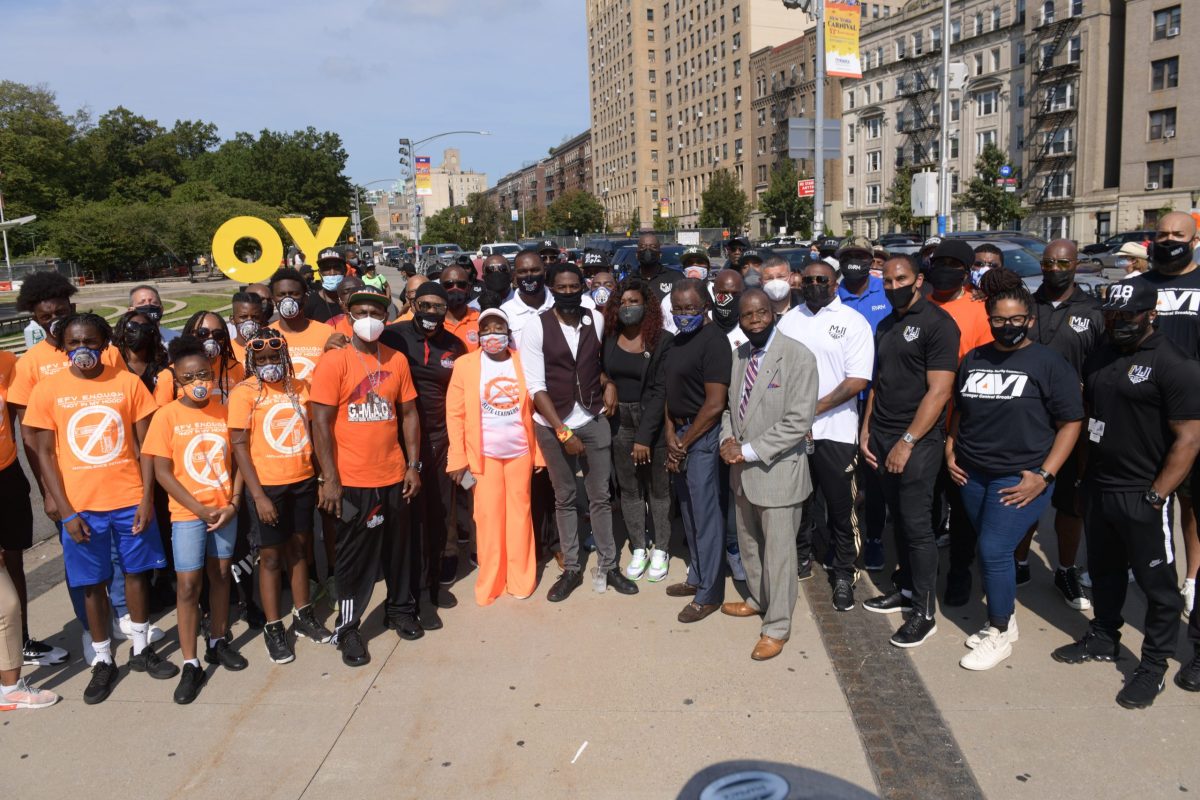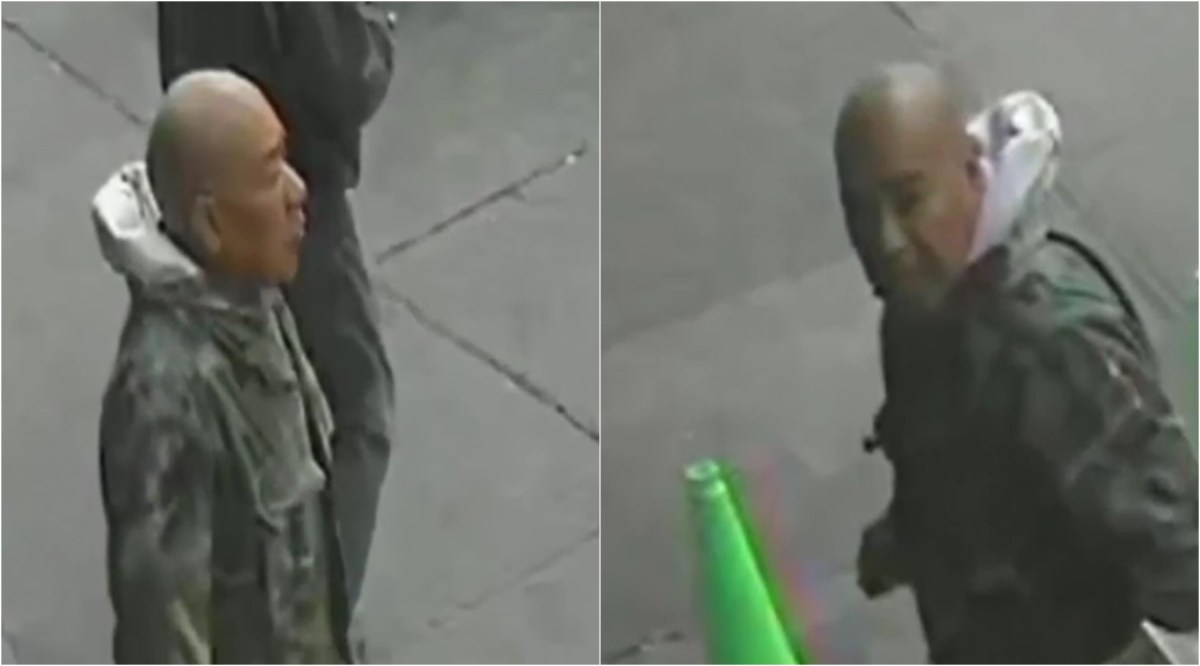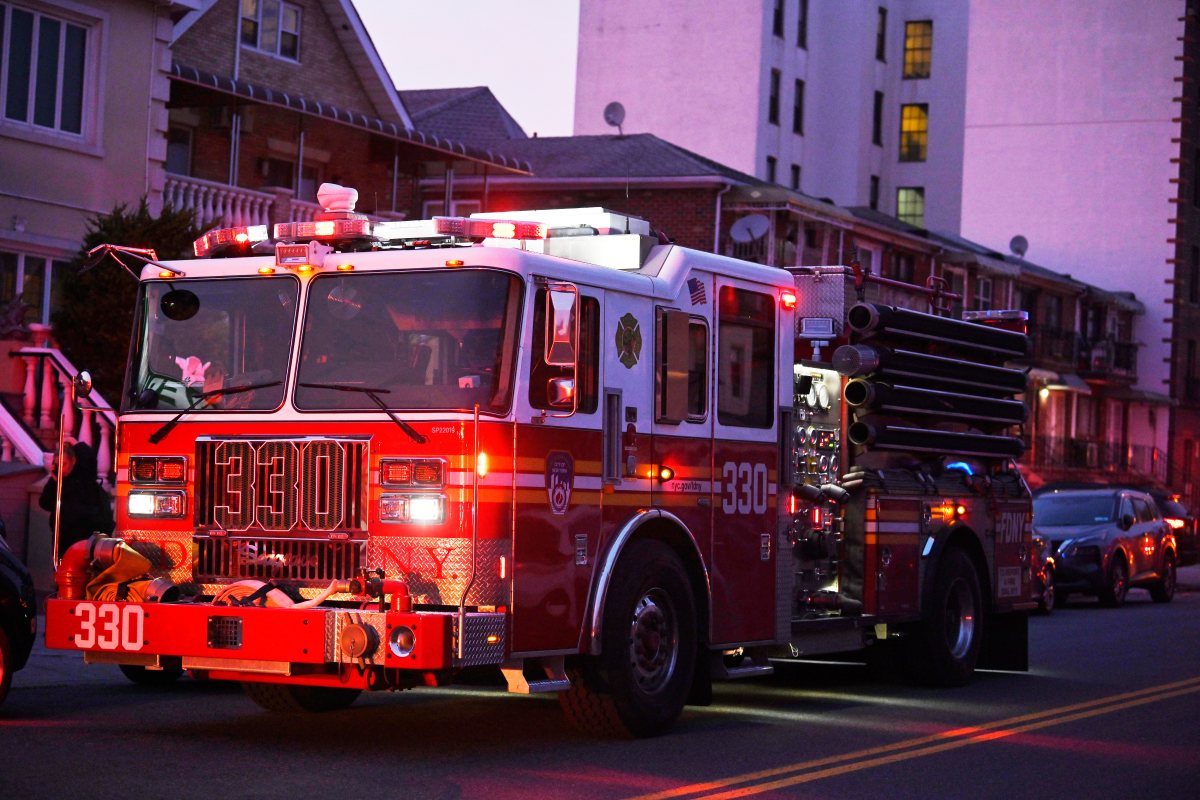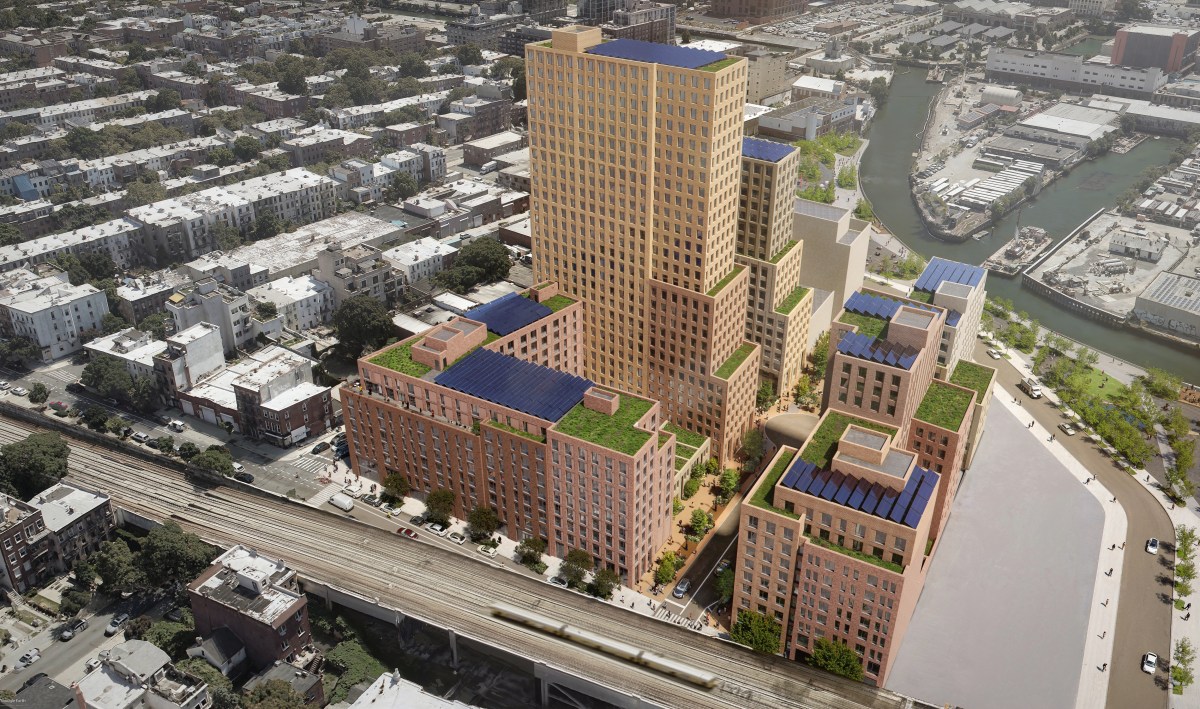Local cure violence groups and elected officials declared their efforts to deter gun violence in central Brooklyn over Labor Day weekend a success — despite a mass shooting in Crown Heights that left 5 people injured, including a 6-year-old boy.
The mass shooting at the intersection of Crown Street and Nostrand Avenue was however the only incident of gun violence along the traditional J’Ouvert route in central Brooklyn, which has seen fatal shootings in years past.
Incidents of gun violence in the area remained low compared to other weekends over the summer, which saw shootings surpass 1,000 before the holiday weekend. Cure violence groups and elected officials said that while their strategy of occupying hotspot corners along with police helped keep the weekend quiet, they need more resources to replicate that success every weekend.
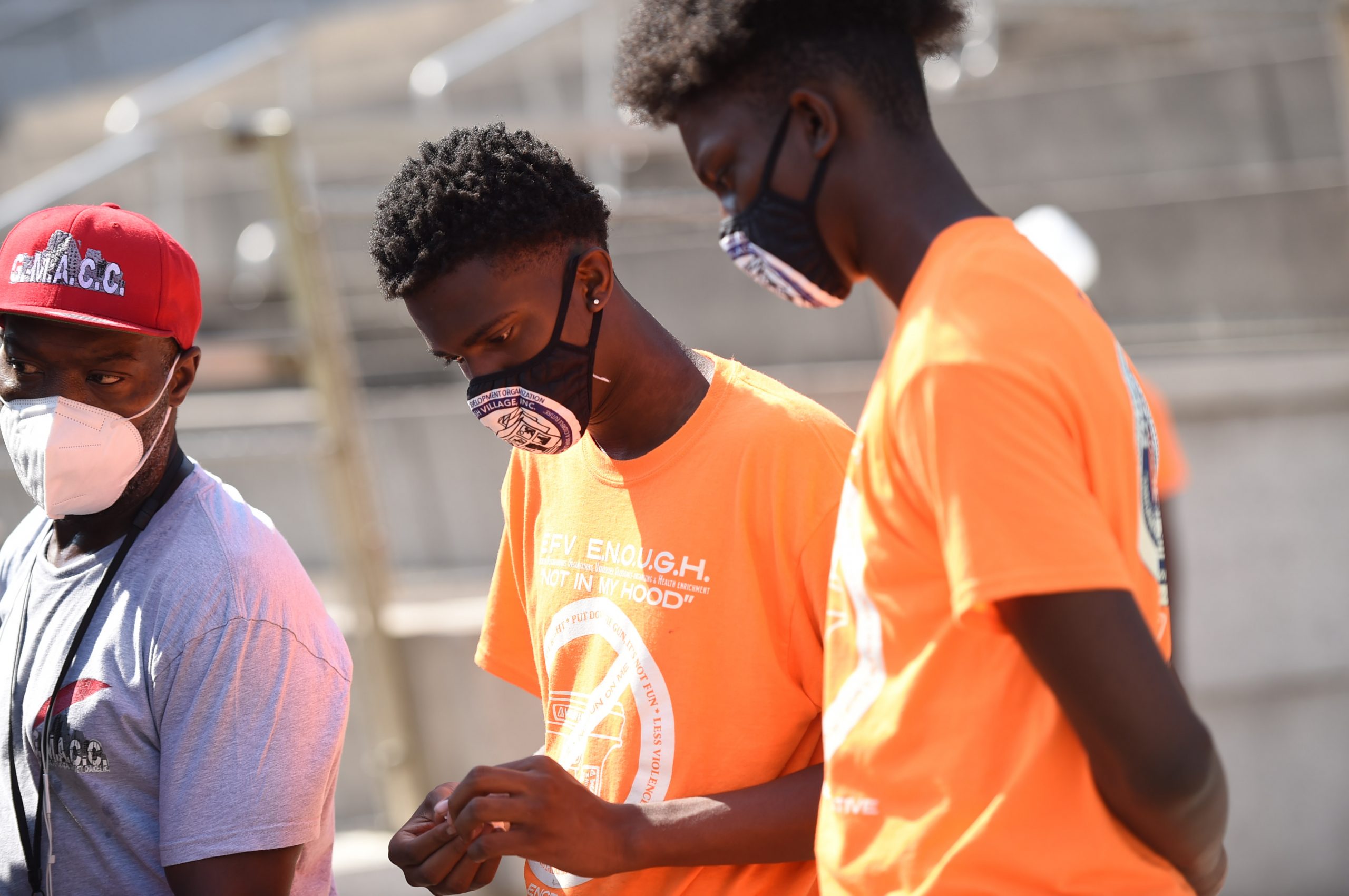
“We had a productive weekend in that co-production of safety,” Public Advocate Jumaane Williams said at a press conference outside Brooklyn Museum on Sept. 8. “What you saw in the areas where folks were walking around, there was much less gun violence than in most summer weekends, much less a holiday weekend.”
The Public Advocate pushed for more resources for the Crisis Management System groups that work to prevent violence in the city, and for more awareness on the work those groups do.
“We need folks to fully understand what this co-production is, and we need the resources to fund it,” Williams said.
The traditional West Indian celebration of J’Ouvert was canceled this year due to social distancing concerns, but some unofficial, un-permitted celebrations still took place throughout Crown Heights and Flatbush. Only one was the site of violence.
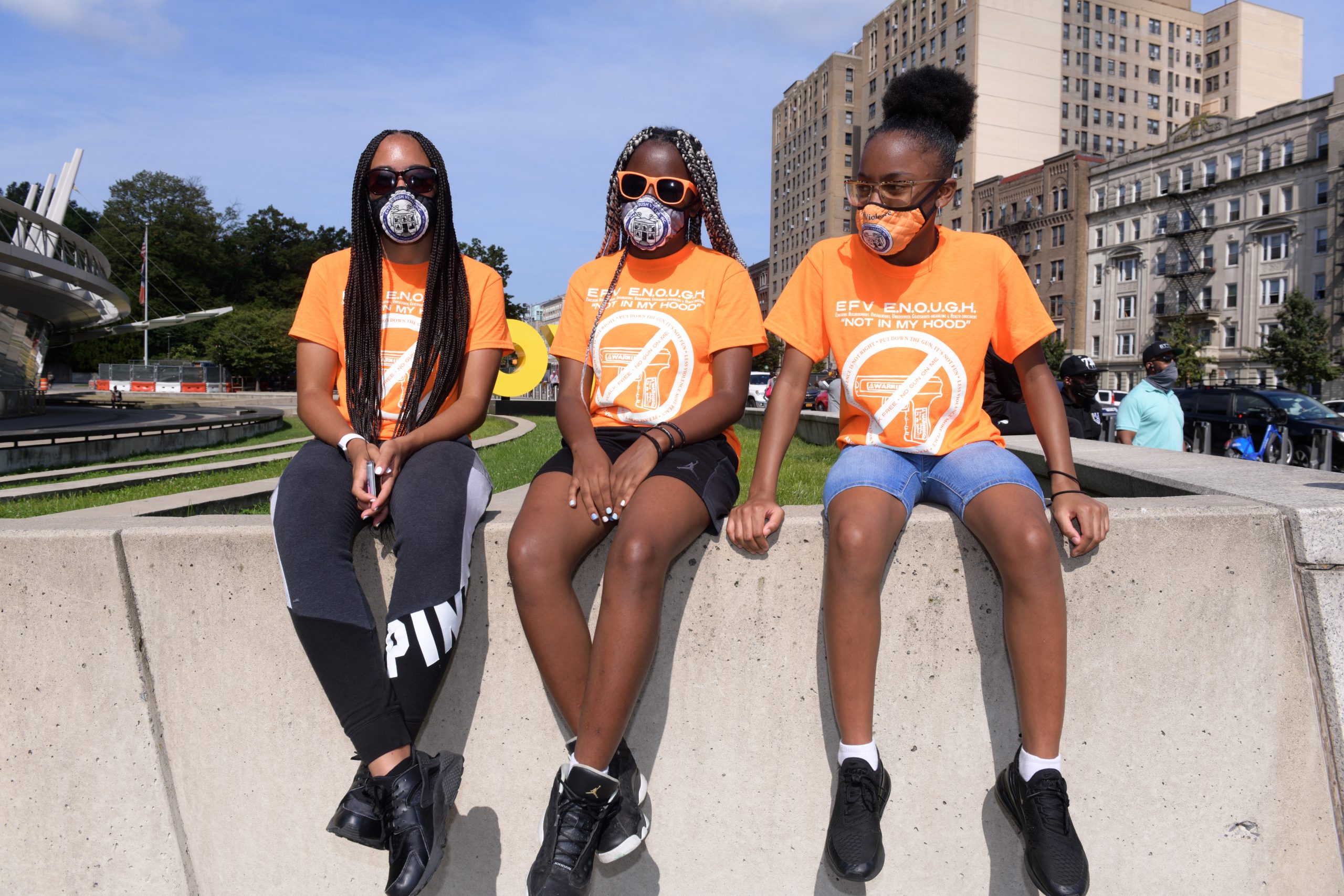
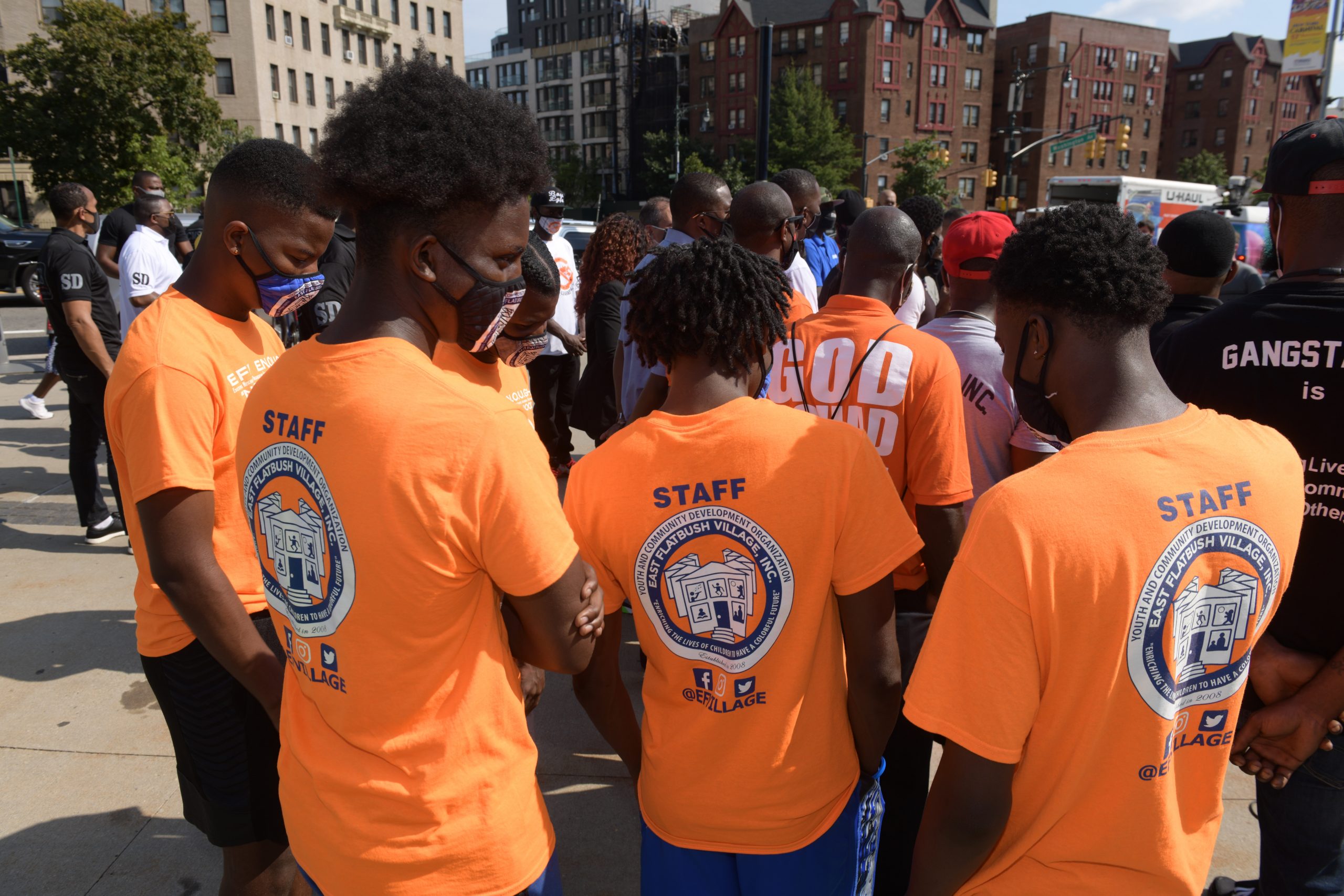
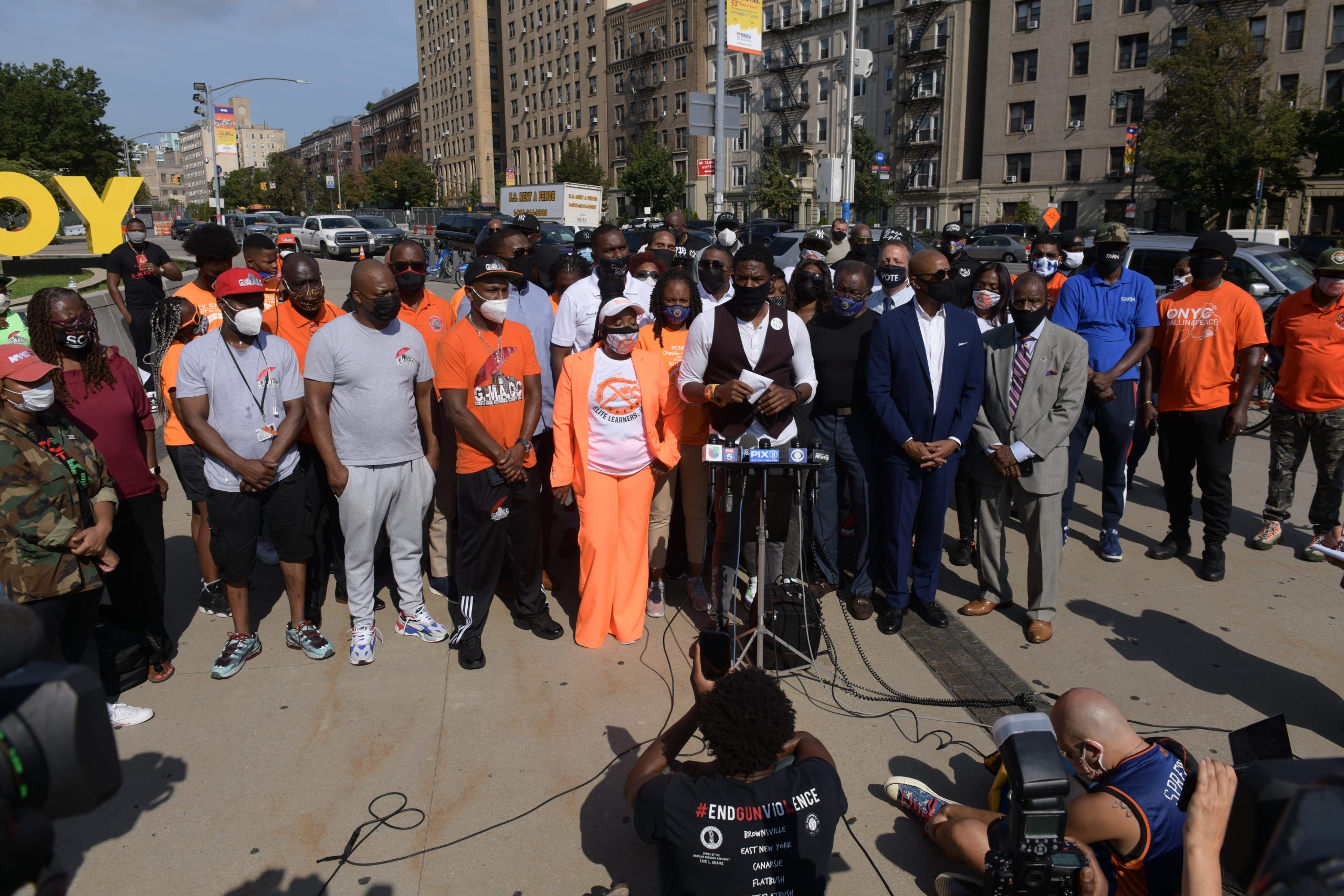
Cure violence workers occupied street corners along with a heavily increased NYPD presence — except for the hours of 2 to 6 am, when the mass shooting took place, due to a gap in funding that did not provide for a shift change during that time period, where crisis management teams where stretched thin.
Local leaders say that funding oversight is nonsensical, considering that J’Ouvert literally translates to “daybreak” and the celebrations take place overnight.
“The hours between 2 and 6 is the hours when most people come out and congregate, so how could we miss that?” said Flatbush Assemblywoman Diana Richardson, who represents the district where the mass shooting took place. “I think a budget is a testament to our priorities, and unfortunately time and time again we don’t see the powers that be put their money where their mouth is.”
Williams, a frequent critic of the police, said that the shooting, which occurred despite the heavy police presence in the area, was evidence that more funding needed to go towards organizations that aim to root out gun violence before it takes place.
“Police by themselves cannot solve this problem,” he said. “We understand the need for law enforcement for acute situations and helping, but that cannot be where all the funding and focus goes.”
Crisis management systems like Save Our Streets and Gangstas Making Astronomical Community Changes did not see their operating budgets slashed in the recently passed austerity budget, but programs they rely on to help prevent violence before it takes place — such as Summer Youth Employment Program — did see their budgets shrink.
Leaders of cure violence groups are pushing for an additional $200 million in funding for the next financial year, which they say will not only help put more boots on the ground in hotspot neighborhoods but will also help identify potential conflicts before they start.
“To do our work we don’t just jump in front of or stop and interrupt violence, we aim at the root causes. This is anti-poverty, anti-racism,” K Bain of the Queens-based cure violence group 969 Build Queensbridge told Brooklyn Paper. “The fact that we come from those struggles, those housing developments, those experiences, incarceration, we have a lot to offer in terms of influencing and mentoring those who are closest to choosing violence.”



